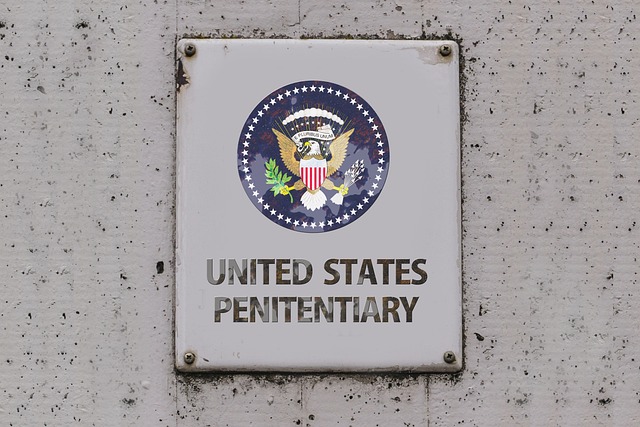High-risk reoffenders involved in global immigration and DUI pose significant challenges due to recidivism and public safety impacts. This paragraph explores socio-economic factors, limited access to rehabilitation, cultural influences, and post-release job prospects as key drivers of continued criminal behavior. By understanding Global Immigration and DUI Perspectives, policymakers and practitioners can design targeted interventions to break cycles of reoffending and promote successful reintegration into society through comprehensive rehabilitation programs, evidence-based practices, and supportive environments that challenge stereotypes.
In the global landscape of immigration and DUI (Driving Under the Influence), understanding high-risk reoffenders is paramount for breaking the cycle of recidivism. This article delves into the complexities of identifying and addressing these individuals, drawing from international perspectives to offer practical strategies. We explore innovative approaches aimed at reducing repeat offenses among high-risk populations, emphasizing the importance of global cooperation and tailored interventions. By examining diverse case studies, we aim to illuminate effective paths toward rehabilitation and societal safety.
- Understanding High-Risk Reoffenders: A Global Immigration and DUI Perspective
- Breaking the Cycle: Strategies to Reduce Recidivism in High-Risk Populations
Understanding High-Risk Reoffenders: A Global Immigration and DUI Perspective

High-risk reoffenders, particularly in the context of global immigration and DUI (Driving Under the Influence), present unique challenges that demand tailored interventions. From a global immigration standpoint, countries are increasingly recognizing the need to address recidivism among immigrants who have served their sentences but pose a potential threat to public safety due to their criminal history, especially involving DUI. This population requires careful management and support to break the cycle of reoffending.
The perspective of global immigration and DUI highlights the complexities of managing high-risk individuals. Many factors contribute to recidivism, including socio-economic conditions, access to rehabilitation programs, cultural influences, and limited job opportunities upon release. By examining these perspectives, policymakers and practitioners can develop comprehensive strategies that not only deter future offenses but also facilitate successful reintegration into society for high-risk reoffenders.
Breaking the Cycle: Strategies to Reduce Recidivism in High-Risk Populations

Breaking the Cycle: Strategies to Reduce Recidivism in High-Risk Populations
In addressing high-risk reoffenders, it’s crucial to implement tailored strategies that consider unique challenges within global immigration and DUI perspectives. Many factors contribute to recidivism, from lack of reintegration support to limited access to quality education and employment opportunities. Effective interventions must encompass comprehensive rehabilitation programs, including mental health services, vocational training, and legal aid. By addressing these root causes, communities can foster successful reintegration, reducing the likelihood of future offenses.
Additionally, evidence-based practices such as restorative justice models and community-based monitoring can play a significant role in breaking the cycle. These approaches emphasize accountability while promoting understanding and healing between offenders and affected communities. Fostering a supportive environment that challenges stereotypes and stigmatization further empowers high-risk individuals to make positive changes, ultimately lowering recidivism rates and contributing to safer, more inclusive societies at both the local and global levels.
High-risk reoffenders pose a complex challenge, but with targeted strategies tailored to their unique circumstances, it’s possible to break the cycle of recidivism. By implementing evidence-based programs that address underlying social issues, enhancing support systems, and leveraging global immigration and DUI perspectives, we can create pathways to rehabilitation and successful reintegration. These efforts not only benefit individuals but also contribute to safer communities worldwide.






